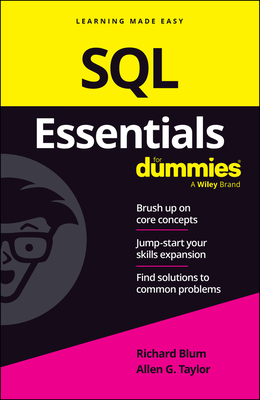Java Modules and New Features (Java 11+) Training in Columbia
|
We offer private customized training for groups of 3 or more attendees.
|
||
Course Description |
||
| Java’s new release cycle introduces new features at a more rapid pace, requiring increased attention from users. This course provides in-depth coverage of the important new features through Java 11 LTS. It also provides an overview of useful new features in Java 12+ that are likely to appear in Java 17 (the next LTS release). Technical coverage starts with the new Java Platform Module System (JPMS), which presents a fundamental shift in how applications are organized, and interconnected to the libraries they use. We introduce modules from the ground up, show how to use them, describe your choices in usage, as well as caveats and pitfalls. We also provide guidelines for migration from non-modular applications. The course covers many other new and powerful features that will be useful to developers (see the detailed outline for specifics). The course also includes several extra optional labs and guided self-study exercises in these additional areas. The course is very hands-on, including numerous code examples and programming labs that reinforce the concepts presented, so that attendees can immediately employ what they’ve learned in their current projects.
Course Length: 2 Days
Course Tuition: $2250 (US) |
||
Prerequisites |
|
| Working knowledge of Java programming, including use of inheritance, interfaces, and exceptions | |
Course Outline |
|
Preface: Java State of the Union
New Release Cycle
What's In
What's Out
The Move to Java Modules
Session 1: Introduction to Modules
Motivation and Overview
Types of Modules
Modular JDK
Our Approach
Session 2: Working with Java 9 Modules
Defining and Using Modules
Services
Compatibility and Migration
Conclusion
Session 3: Type Inference
Local-Variable Type Inference
Brief Overview of Lambdas
Local-Variable Syntax for Lambdas
Session 4: JShell
Introduction to JShell
Working with Code
Using Libraries (Modules, Jars, etc.)
Session 5: Http Client
Overview
API
Usage and Features
Session 6: Other New Features
Collection Factory Methods
Multi-Release JARs
Reactive Programming
Miscellaneous
Upcoming Features in Java 12+
Session 7: Custom Runtime Images
Application-Specific Runtimes
Benefits
Creating Runtime Images with jlink
|
Course Directory [training on all levels]
- .NET Classes
- Agile/Scrum Classes
- AI Classes
- Ajax Classes
- Android and iPhone Programming Classes
- Azure Classes
- Blaze Advisor Classes
- C Programming Classes
- C# Programming Classes
- C++ Programming Classes
- Cisco Classes
- Cloud Classes
- CompTIA Classes
- Crystal Reports Classes
- Data Classes
- Design Patterns Classes
- DevOps Classes
- Foundations of Web Design & Web Authoring Classes
- Git, Jira, Wicket, Gradle, Tableau Classes
- IBM Classes
- Java Programming Classes
- JBoss Administration Classes
- JUnit, TDD, CPTC, Web Penetration Classes
- Linux Unix Classes
- Machine Learning Classes
- Microsoft Classes
- Microsoft Development Classes
- Microsoft SQL Server Classes
- Microsoft Team Foundation Server Classes
- Microsoft Windows Server Classes
- Oracle, MySQL, Cassandra, Hadoop Database Classes
- Perl Programming Classes
- Python Programming Classes
- Ruby Programming Classes
- SAS Classes
- Security Classes
- SharePoint Classes
- SOA Classes
- Tcl, Awk, Bash, Shell Classes
- UML Classes
- VMWare Classes
- Web Development Classes
- Web Services Classes
- Weblogic Administration Classes
- XML Classes
- Introduction to Spring 6, Spring Boot 3, and Spring REST
15 December, 2025 - 19 December, 2025 - See our complete public course listing
Java Programming Uses & Stats
|
Difficulty
|
Popularity
|
Year Created 1995 |
|
Pros
Most Commonly Used:
Great Career Choice:
Android Apps Development:
It Can Run On Any Platform:
Great Supporting IDE's: |
Cons
Uses a Lot of Memory:
Difficulty in Learning:
Slow Start Up Times:
Verbose and Complex Code:
Commercial License Cost: |
| Java Programming Job Market |

Average Salary
|

Job Count
|

Top Job Locations
New York City |
|
Complimentary Skills to have along with Java Programming
- If you are an experienced Java developer, learning a complimentary language to Java should come much more naturally. As an example JetBrains recently created the Kotlin programming language which is officially supported by Google for mobile development. Kotlin compiles to Java bytecode and runs on the JVM; it's purported to address many of Java's shortcomings... |






